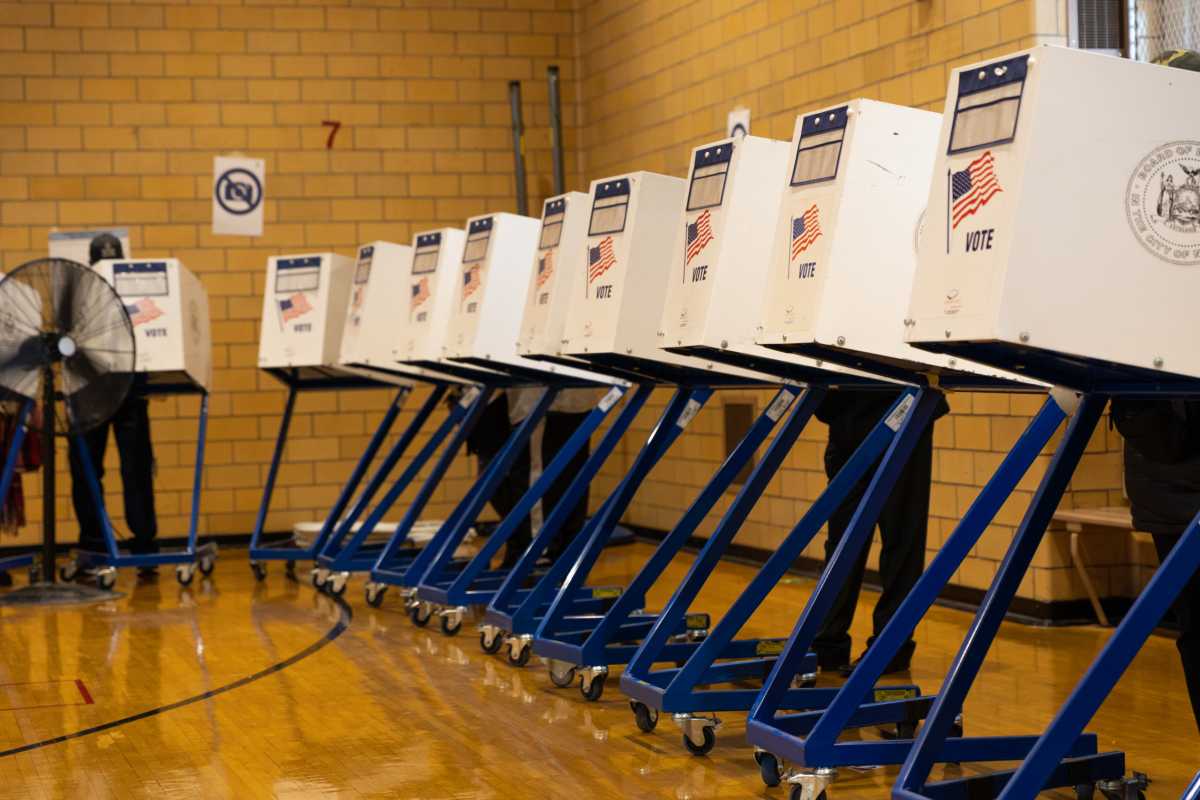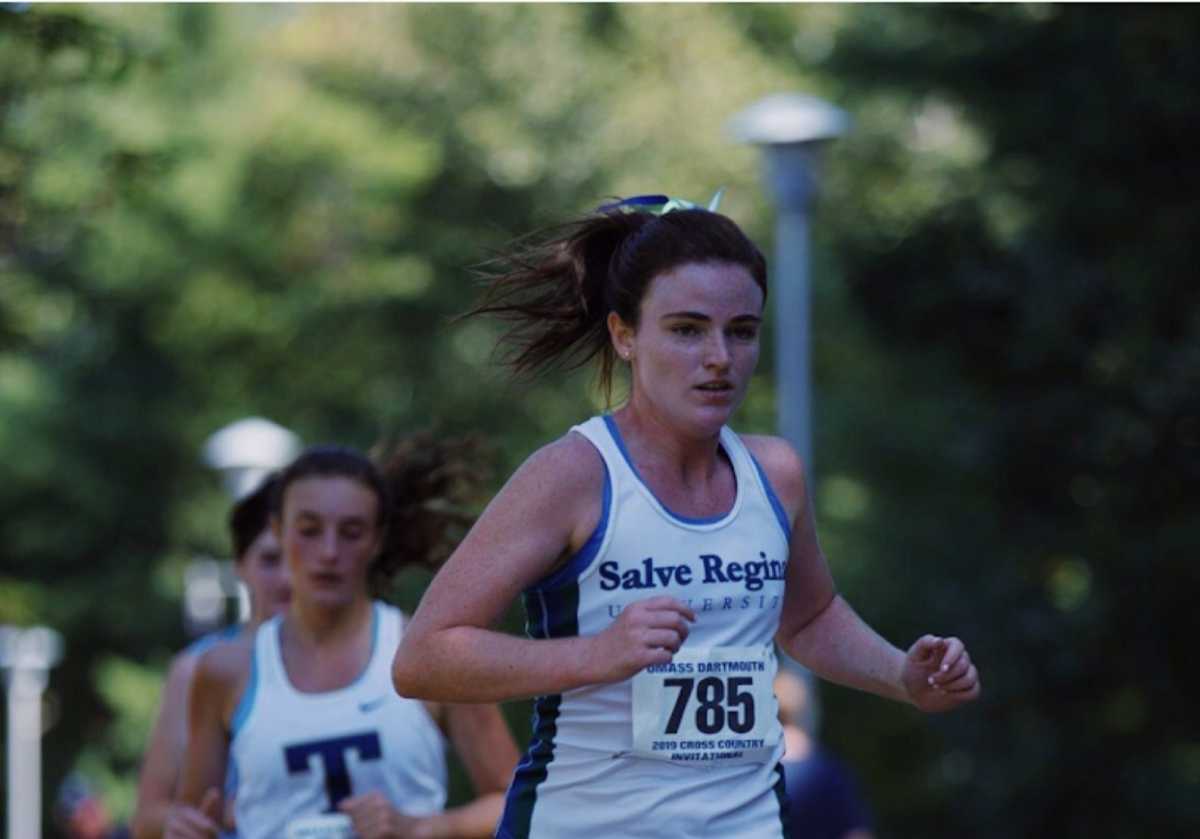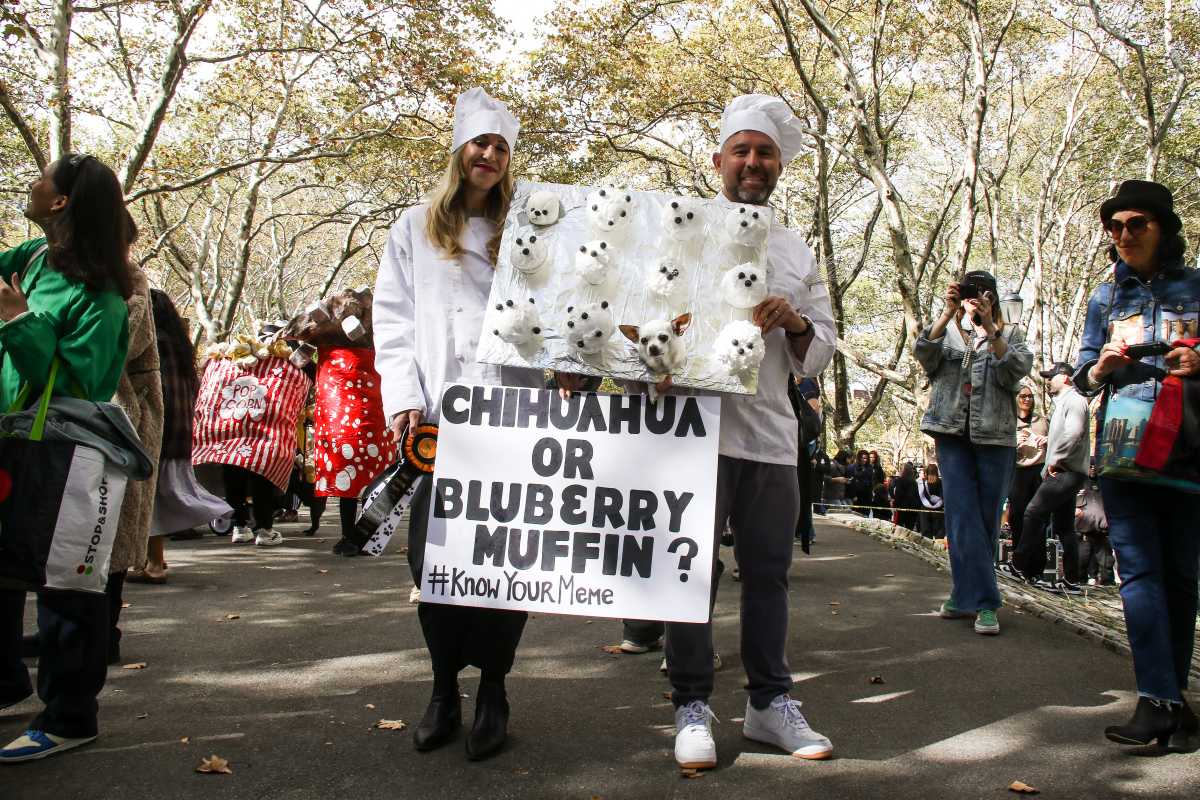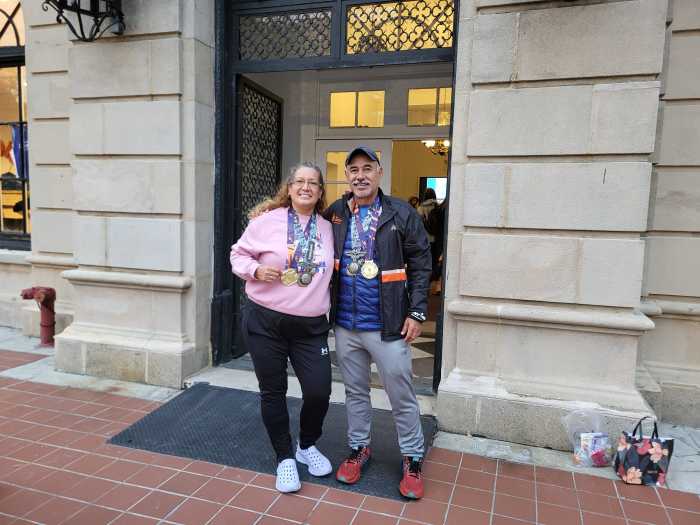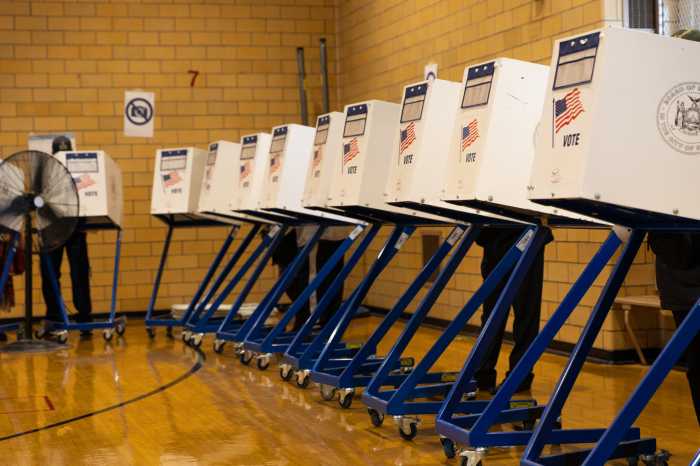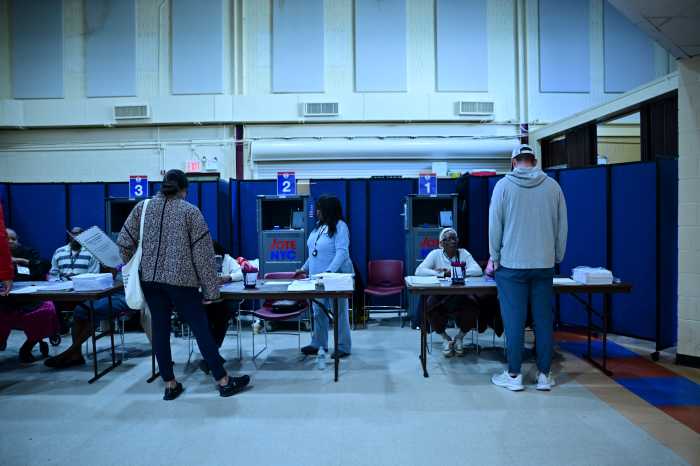Being a soccer fan in New York City can be quite lonely. Pickup games aren’t as easy to come by with a lack of organization and field space, and it’s hard to find a team you can regularly come back to. And it’s hard to walk up to someone else with a soccer ball and ask to have a kickabout out of shyness or just because there aren’t enough people around to get a game going.
In 2010, Tarek Pertew and Gerardo Cueva, co-founders of NYC Footy, brought organized, recreational soccer to the five boroughs. Having met and played for a recreational team in the Upper East Side for five or six years, Pertew pitched the idea of starting their own league with the team.
“I felt like there was a real gap in having a professional experience at the recreational level,” Pertew said. “What I mean by that is official soccer jerseys with sponsors on the front, a nice website, team photos, stat tracking — things that professional or even collegiate athletes are getting, but athletes that don’t compete at that level don’t get.
“We thought we were going to duplicate what we were doing, NYC Footy was never meant to be anything other than a league that we were playing in. And that’s it — we wanted the professional experience for ourselves.”
They made “footy” accessible to all levels, not just to those who miss the competition and dreamed of playing in the professional leagues, but also to those who have a burgeoning love for the beautiful game. They have separated teams and leagues into distinct levels: beginner, intermediate, advanced and everything in between. In doing so, they have become “the largest and most recognizable league in New York City” with the pigeon on a soccer ball as their badge.
NYC Footy has divided leagues into neighborhoods around the city, from the Bedford Armory in Crown Heights to Pier 40 and the Gansevoort Peninsula pitch along the westside highway in Manhattan. Each location presents its neighborhood soccer fans and players an opportunity to meet up each week, play the game they love with each other and bond over drinks or a meal after the game.
“It’s a community first,” Pertew said. “Soccer is just a tool for accessing community effectively. I think the team dynamics and the community side of it are really what drive it, and makes it an easy sell for people.”
Pertew and Cueva have also rigidly stuck to their co-ed league tag, refusing to budge despite multiple requests for an all-male and all-female league and the financial and marketing upside of doing so. By excluding a proportion of the local community from the ability to play in certain leagues or matches, Pertew said it would go against their belief that the sport is for everyone and their community first ethos.
When they started their first summer season in 2011, their first obstacle was finding places to play. They knew where the pitches were, but getting the permits to host matches there was its own issue — they only managed to secure their first Manhattan pitch permit in 2018. After working with the parks department and building relationships throughout the city, Pertew and Cueva had to keep tabs on each pitch and their developments, knowing when popular pitches like Pier 40 were available and being on top of knowing when a new pitch was being built or returfed so they could apply first.
“A lot of times, we’ll have a permit, and then we won’t have it the following season, and that’s disruptive because the community is built with consistency,” Pertew said. “So if you have a permit at a location in the spring, and then you get it in the summer, fall, and winter too, that community blossoms, and they play together, go to the same bar together. If ever that permit gets changed — which has happened to us numerous times — that community gets disrupted. Then they all spread out and try to find a new location, but they’re not there and are unlikely to go back. If you get the permit again, you have to build it from scratch.”
Now, the pigeon on the ball is synonymous with recreational soccer in New York City. The NYC Footy season culminates in two tournaments — the Governor’s Cup on Governor’s Island and the Footy Fest upstate — which incentivizes players to show up for each game and play for something other than pride.
NYC Footy has recently expanded to Miami. With the 2026 FIFA World Cup and 2025 Club World Cup looming over Metlife Stadium, Footy already has plans to broaden its footprint to the international fans that will descend on the city each summer. However, it maintains the community feel that has been a part of its leagues for the past 15 years.
“I cannot possibly endorse anything greater than if you want to make new friends in New York, join a rec soccer league in New York,” said Pertew. “Better yet, join a co-ed, mixed-gender rec soccer league in New York. You will have such a diverse subset of this city on your team, and that, for me, is the easiest sell.”
For more like this NYC Footy profile, visit AMNY.com
Read More: https://www.amny.com/sports/soccer/
Also Read : https://www.amny.com/sports/karl-anthony-towns-injury-knicks-1-5-25/
















